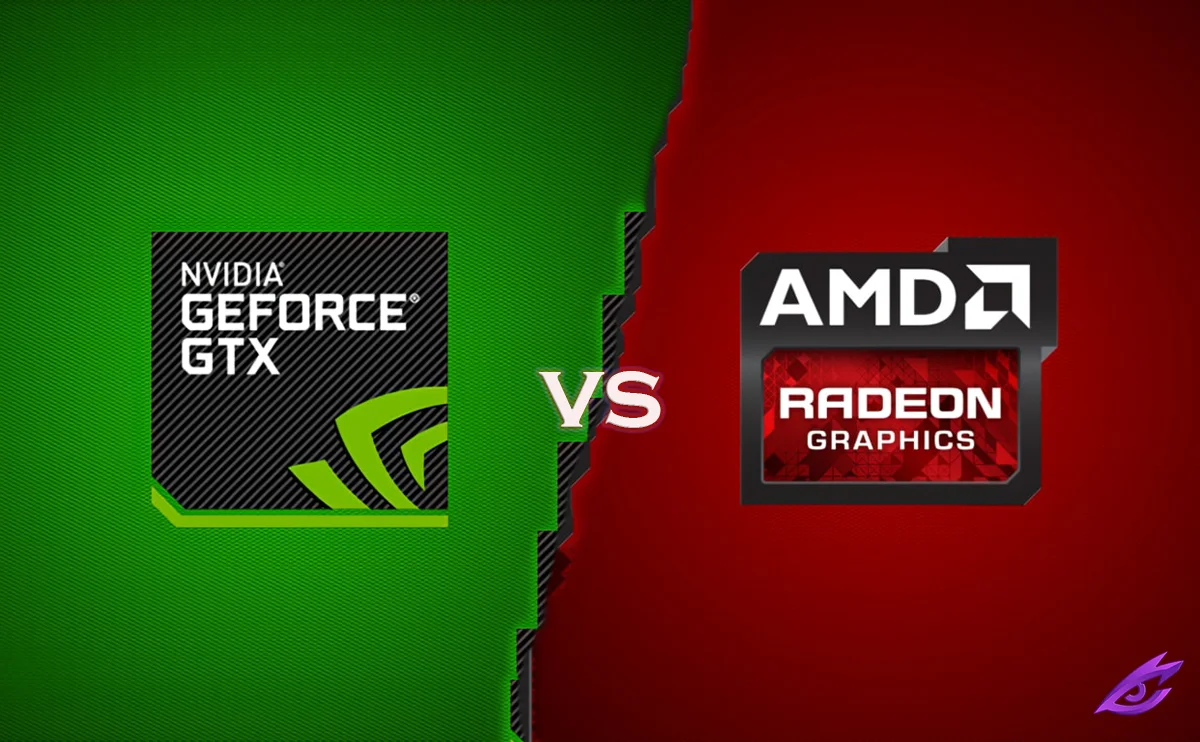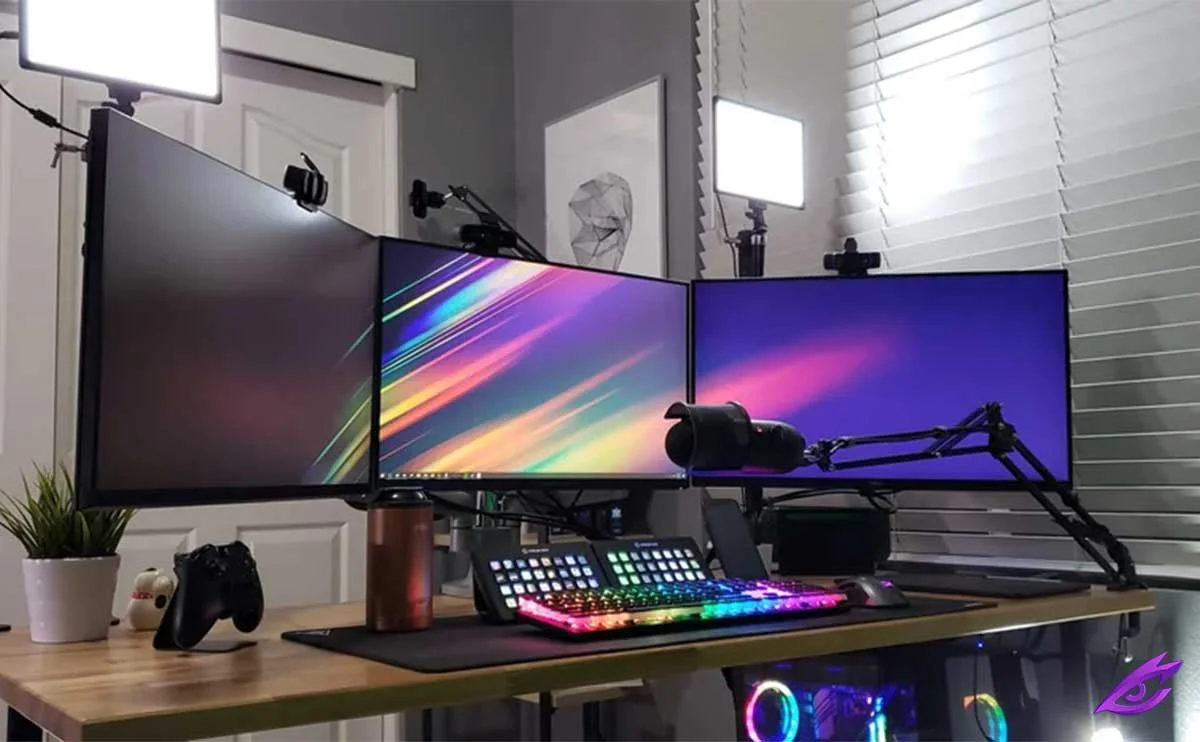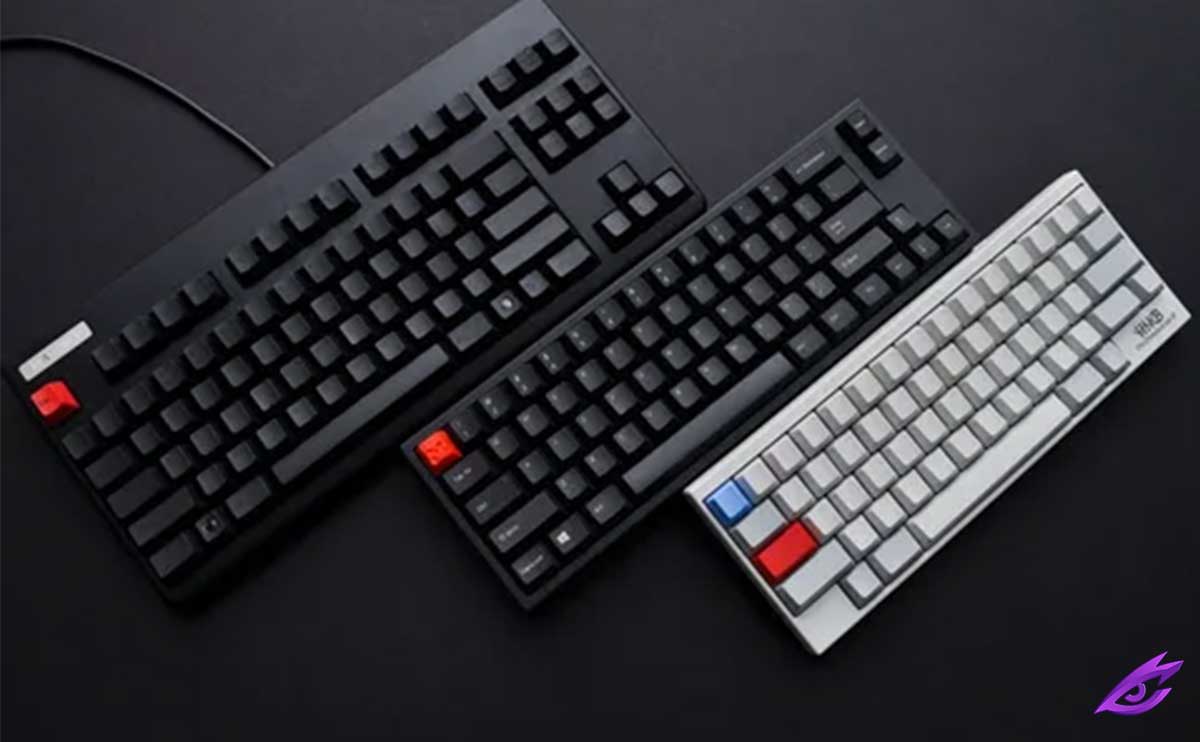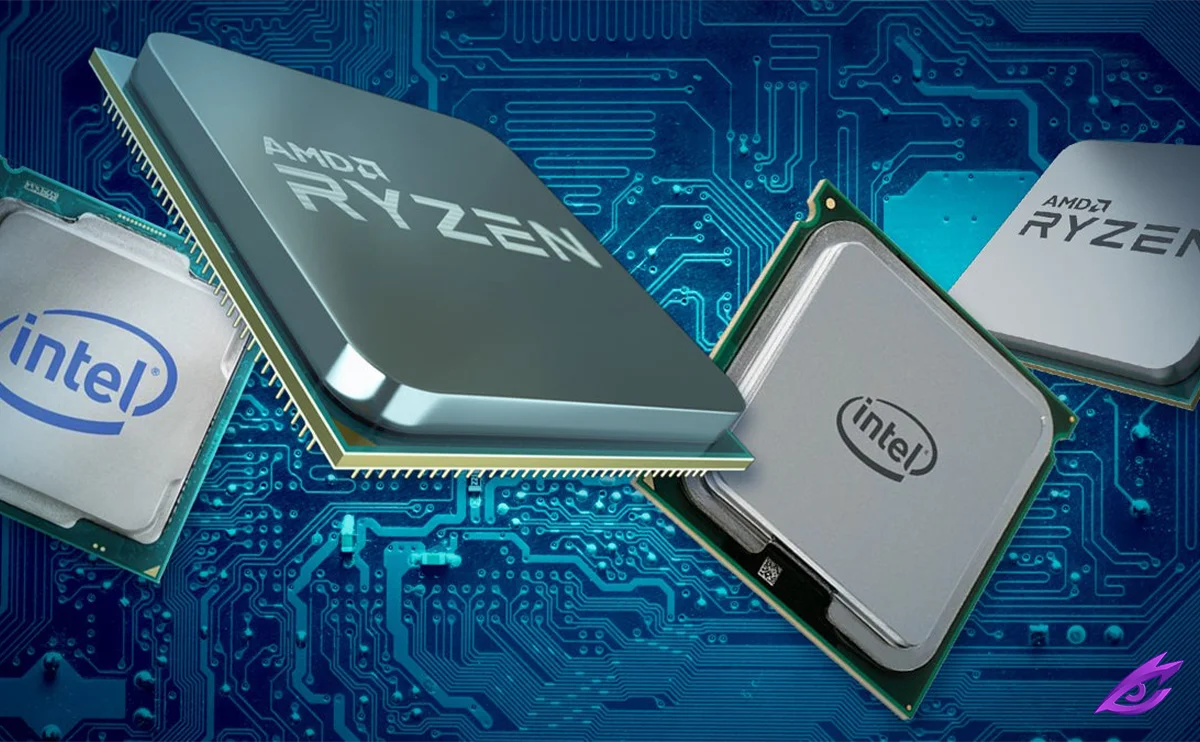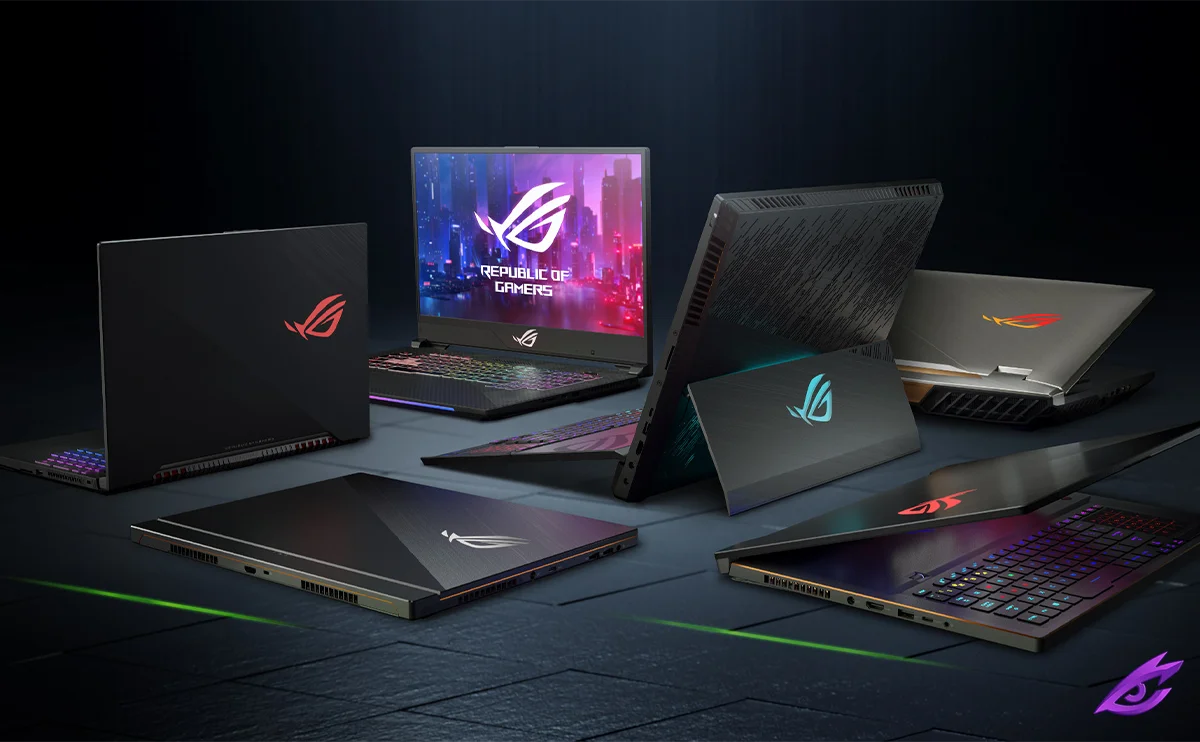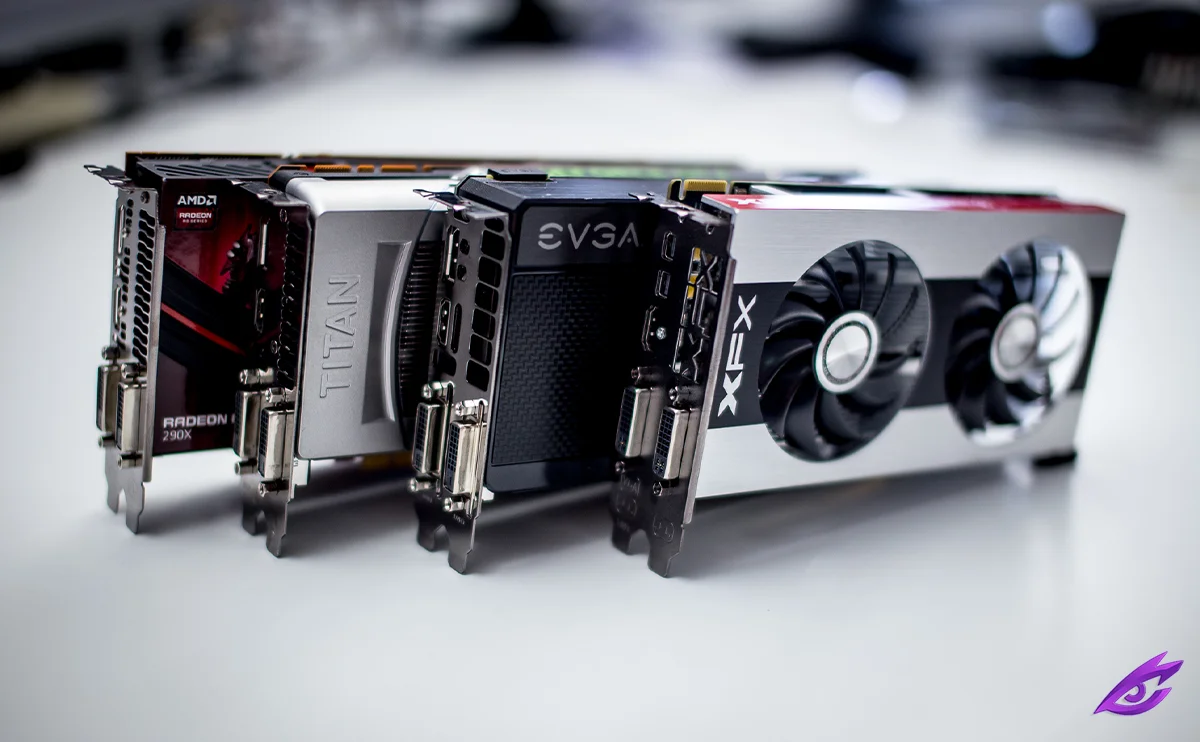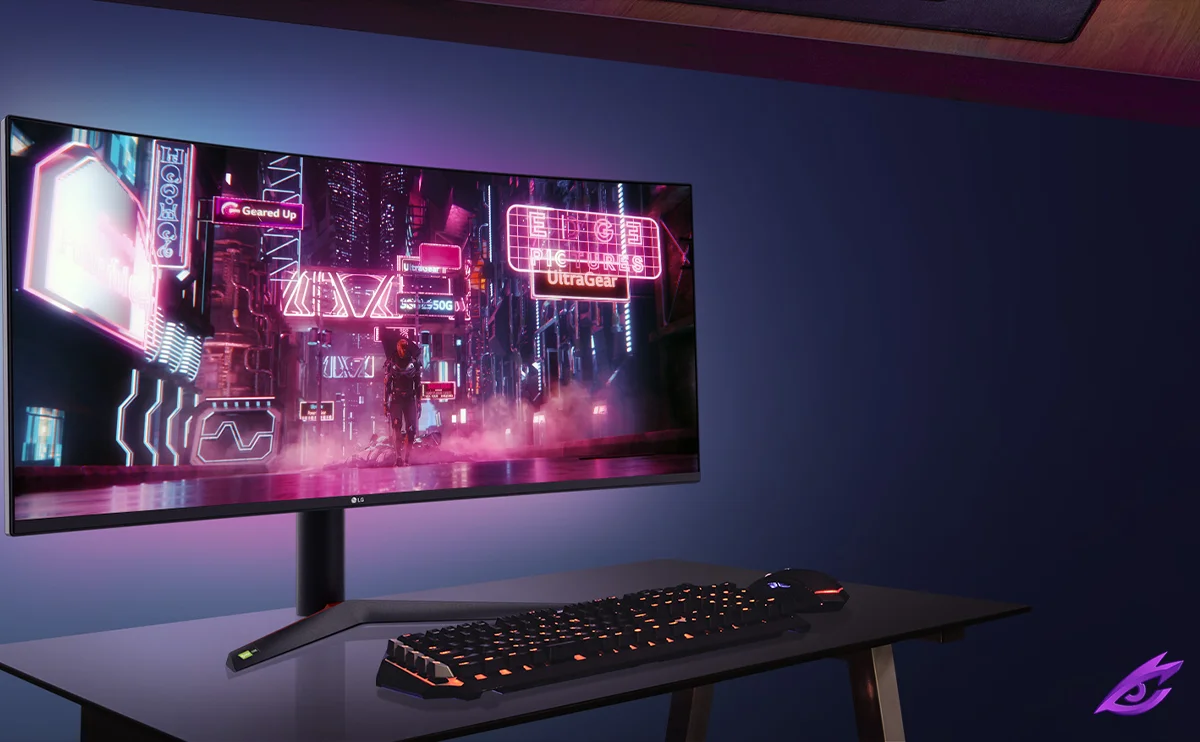AMD OR NVIDIA: WHAT ARE THE DIFFERENCES?
Graphics cards play a vital role in the world of gaming and computing , helping to handle the complex graphics calculations needed to display high-resolution images and detailed graphics . Two of the major graphics card manufacturers are AMD and NVIDIA , who have competed fiercely with each other for many years. If you’re considering upgrading your graphics card or purchasing a new computer , understanding the differences between AMD and NVIDIA is essential to choosing the one that best meets your needs . In this article, we will look at the distinctive features of each brand and the benefits they offer users.
UNDERSTANDING AMD AND NVIDIA: THE GIANTS OF THE GRAPHICS CARD INDUSTRY

AMD ( Advanced Micro Devices ) is a multinational semiconductor company that was founded in 1969. Initially specializing in the manufacturing of processors , the company diversified into the graphics card sector by acquiring ATI Technologies in 2006 . Since then, AMD has become a major competitor in the GPU ( Graphics Processing Unit ) industry by offering a range of graphics cards for different markets, ranging from consumer cards to high-end professional cards . NVIDIA was established in 1993 and is also a renowned semiconductor company. It is best known for its high-performance GPU solutions aimed at gamers and professionals . NVIDIA has developed its own GPU architecture, called “GeForce” , which is widely used around the world. In addition to consumer graphics cards, NVIDIA also focuses on cards dedicated to professional applications , such as machine learning and scientific computing .
GPU ARCHITECTURES: RDNA AT AMD AND GEFORCE AT NVIDIA
AMD RDNA (Radeon DNA) is the GPU architecture developed by AMD for its recent graphics cards . This architecture was introduced to replace the older Graphics Core Next (GCN) architecture . RDNA is designed to deliver significant improvements in power efficiency and performance over GCN , allowing AMD to compete more effectively with NVIDIA in the GPU market . NVIDIA ‘s GeForce graphics cards are based on the NVIDIA GPU architecture . Over the years, NVIDIA has steadily improved this architecture to increase the performance and efficiency of its products. GeForce cards have become synonymous with exceptional graphics performance , realistic real-time renderings, and support for the latest gaming technologies .
PERFORMANCE AND POWER: WHAT ARE THE DIFFERENCES?
When it comes to performance, AMD and NVIDIA are in a fierce battle . Their high-end graphics cards deliver similar performance in most games and applications , but some differences may exist between titles due to each brand’s specific optimizations . It is therefore crucial to consult independent tests and comparisons to identify the specific performance of each model. When it comes to power efficiency, AMD has made significant progress with the introduction of the RDNA architecture. RDNA- based graphics cards tend to be more efficient in terms of power consumption compared to the company’s previous models, but NVIDIA has also made huge improvements with its power optimization technologies such as Dynamic Boost and the Advanced Optimus.
PROPRIETARY TECHNOLOGIES AND FEATURES
AMD offers several proprietary technologies to improve the performance and user experience of its graphics cards. One of the most notable is FreeSync technology , which allows the screen refresh rate to be synchronized with the images sent by the graphics card. This eliminates tearing and stuttering, providing a smoother gaming experience. NVIDIA is known for its cutting-edge technologies, one of the most famous of which is G-Sync. G-Sync works similarly to FreeSync, synchronizing the screen refresh rate with the images generated by the graphics card. NVIDIA also offers DLSS (Deep Learning Super Sampling), an artificial intelligence-based upscaling technology that improves performance without compromising visual quality.
PRICE AND AVAILABILITY
Prices for AMD and NVIDIA graphics cards vary depending on model, performance , and availability . Due to high demand and supply constraints, graphics card prices have seen significant fluctuations in recent years. In general, AMD often offers better value for money graphics cards in the mid – range segments, while NVIDIA often dominates the high-end segment , but this can change depending on the market. The availability of graphics cards is also a key factor to consider. In recent years, due to high demand and component shortages , many graphics cards have been difficult to find at reasonable prices. It is essential to monitor inventory regularly and wisely choose a model that meets your needs without breaking the bank.

The Nvidia GeForce RTX 4090 is the company’s most powerful graphics card.
|
Nvidia graphics card |
Starting price |
Target resolution and refresh rate* |
|
RTX 4060 |
$290 |
1080p/60Hz |
|
RTX 4060 Ti |
$399 |
1440p/60Hz |
|
RTX 4070 |
$599 |
1440p/60Hz |
|
RTX 4070 Ti |
$799 |
1440p/144Hz |
|
RTX 4080 |
$1,199 |
4K/60Hz |
|
RTX 4090 |
$1,599 |
4K/144Hz |
Nvidia’s RTX 40 series debuted in fall 2022 with the release of the flagship GeForce RTX 4080 ($1,199) and the premium RTX 4090 ($1,599); four more affordable RTX 40 series cards arrived in 2023.
RTX 40 series cards share a wide range of features, including raytracing, an advanced lighting feature that requires a compatible graphics card, and DLSS 3.0, the latest version of Nvidia’s AI-enhanced upscaling technology that makes games easier to run at high frame rates.
Other Nvidia features are designed to benefit content creators; RTX cards include support for AI-based noise removal for your microphone and virtual backgrounds for your webcam, as well as face tracking and auto-focus. However, AMD reports that its graphics cards actually render video faster than the RTX 40 series with common editing programs like Adobe Premiere Pro and DaVinci Resolve Studio.

|
AMD graphics card |
Starting price |
Target resolution and refresh rate* |
|
RX 7600 |
$269 |
1080p/60Hz |
|
RX 7700 XT |
$449 |
1440p/60Hz |
|
RX 7800 XT |
$499 |
1440p/60Hz |
|
RX 7900 XT |
$899 |
1440p/144Hz or 4K/60Hz |
|
RX 7900 XTX |
$999 |
4K/60Hz |
AMD launched the Radeon RX 7000 series of graphics cards in December 2022 with the RX 7900 XT ($899) and 7900 XTX ($999), followed by the release of several lower priced cards in 2023, including the 7700XT and 7800XT which are set to launch on September 6.
AMD cards offer similar performance to Nvidia cards in most games, and usually for a lower price. For example, Tom’s Hardware ranks the RX 7900 XT ($999) ahead of the RTX 4080 ($1,199) in terms of overall performance, despite the AMD card typically being $200 cheaper. However, Nvidia cards tend to reveal bigger advantages when you play newer games with more advanced graphical features.
Like the RTX 40 series, AMD’s RX 7000 cards do feature ray tracing, but ray tracing performance generally lags behind the RTX 40 series with slower frame rates. The RX 7000 series also has an AI-based rendering feature to improve frame rates, called FSR, but it’s not quite as developed as Nvidia’s DLSS.
If you’re looking to play newer releases like Cyberpunk 2077 or Allen Wake 2, a weaker AMD card may struggle to deliver graphics at the highest possible quality. That said, AMD does partner with some developers to boost performance on AMD hardware; for example, Microsoft’s Starfield was designed with support for AMD’s FSR at release, but not DLSS.
AMD also supports a feature called Smart Access Memory to improve performance when you pair its latest CPUs and GPUs together. This feature allows the CPU to use more of the graphics card’s memory. However, some Nvidia and Intel hardware can take advantage of a similar feature, called Resizable Bar, so the underlying tech isn’t AMD exclusive.
AMD benchmark data that shows RX 7000 graphics cards outperforming Nvidia hardware exclusively use AMD processors during testing, so if you have an Intel processor, you may want to look at publicly sourced benchmarks before buying an AMD card.
IN CONCLUSION
In conclusion, choosing between an AMD or NVIDIA graphics card depends on your specific needs, your budget and the features you are looking for. Both companies offer competitive solutions that meet the demands of gamers, content creators and professionals. Before you buy, be sure to check reviews and performance comparisons to identify the card that best fits your intended use. Either way, whether you opt for AMD or NVIDIA, one thing is certain: both companies will continue to push the boundaries of graphics technology and bring us ever more immersive and stunning visual experiences in the world of gaming and beyond. So, make your choice based on your preferences and immerse yourself in an exceptional graphic universe !

